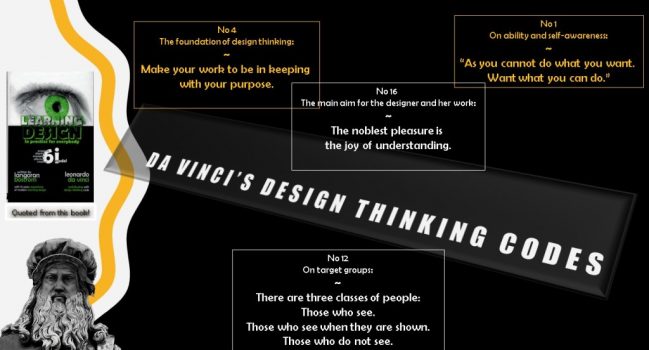Listen to the story:
In the book Learning Design in Practice for Everybody, this has been boiled down to sixteen design codes for the development of education and learning applications. But additionally, these design codes serve as an excellent foundation for all forms of projects where creativity is the driving force. This foundation also acts as a driving force for the 6iModel, a flexible modern project management model, where purpose, development and performance are the engines. Unlike traditional models, which usually tend to result in administration at the expense of creativity and innovation. Leonardo’s sixteen design codes do not just form the basis of the model. But they also serve as a guide to the reader. Because design today can be applied to almost all areas that concern life, thus basically the art of designing your own reality. ___________________________________________________________________ The book is available both as an ebook and a hardcover printed edition, click here to buy directly from the publisher or a reseller. The idea of creating the 6iModel started from 16 of da Vinci’s Design Codes that were manufactured with modern technology where also 13 years of the author’s experience of learning design were added. You can see the outcome in the third part of the book Learning Design in Practice for Everybody by LarsGoran Bostrom. And more importantly, to use the model to optimize the work process and the result of your own creative projects.



